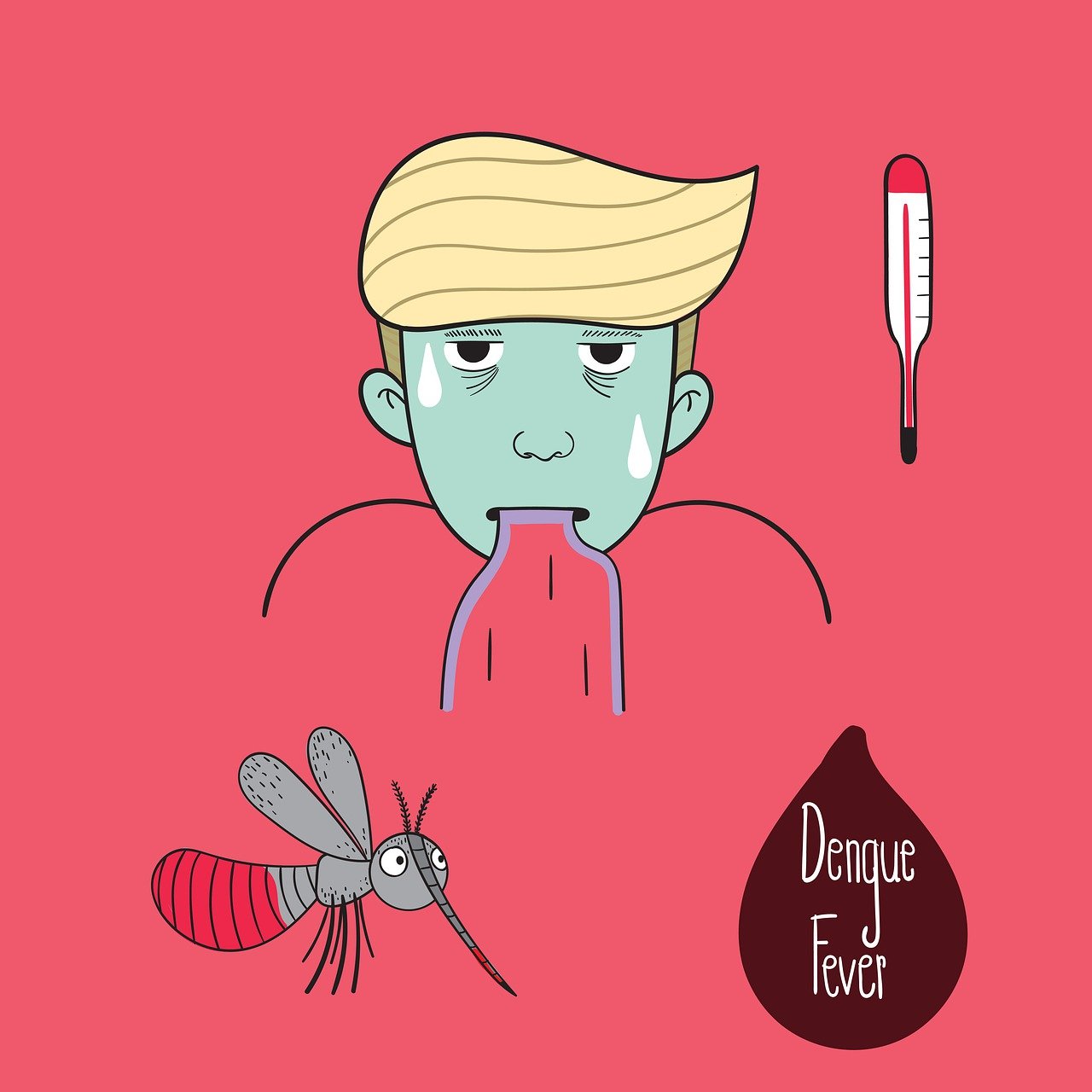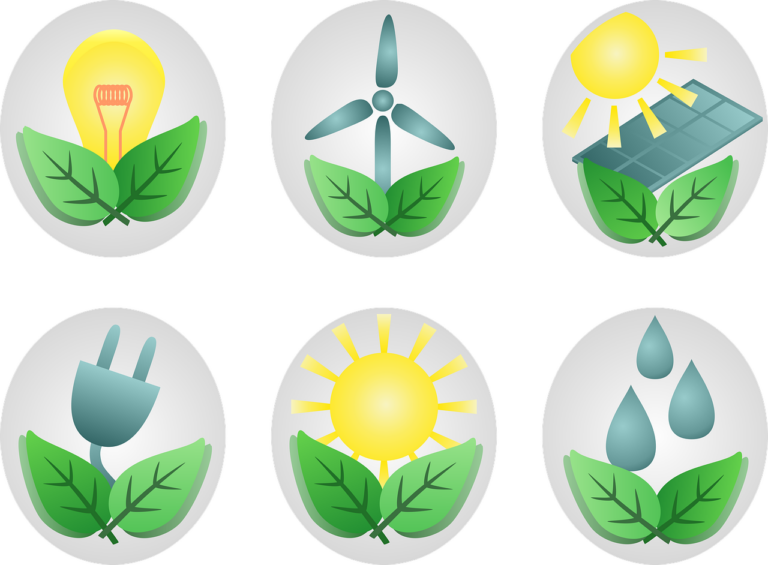
Geneva: After a slight decline of cases between the years 2020-2022 due to the COVID-19 pandemic and lower reporting rate, in 2023, an upsurge in dengue cases has been observed globally, characterized by a significant increase in the number, scale, and simultaneous occurrence of multiple outbreaks, spreading into regions previously unaffected by dengue.
Since the beginning of 2023, ongoing transmission, combined with an unexpected spike in dengue cases has resulted in close to a historic high of over five million cases and more than 5000 dengue-related deaths reported in over 80 countries/territories and five World Health Organization (WHO) regions: Africa, Americas, South-East Asia, Western Pacific and Eastern Mediterranean Regions globally. Close to 80% of these cases, or 4.1 million, have been reported in the Region of the Americas. Dengue is the most widespread arbovirus and causes the highest number of arboviral disease cases in the Region of the Americas, with cyclic epidemics recurring every 3 to 5 years. In addition, clusters of autochthonous dengue have been reported in the WHO European Region. However, these numbers are likely an underestimate of the true burden as most of the primary infections are asymptomatic and dengue reporting is not mandatory in many countries.
In 2023, several Asian countries, including Bangladesh and Thailand, reported a notable surge in dengue cases compared to previous years. In particular, India, Indonesia, Myanmar, Sri Lanka and Thailand rank among the world’s 30 most highly endemic countries. Compared to 2022, in 2023, Bangladesh and Thailand recorded a larger number of dengue cases. By November 2023, Bangladesh experienced a substantial rise in cases reaching 308167 compared to 62382 reported for the entirety of 2022. Thailand saw an increase of over 300%, with dengue cases rising from 46678 in 2022 to 136655 in 2023 (as of 22 November 2023). During the same period, the death toll in Bangladesh rose from 281 (CFR 0.45%) to 1598 (CFR 0.52%), while in Thailand, it increased from 34 (CFR 0.07%) to 147 (CFR 0.11%).
Africa is among the top four regions most affected by arboviral diseases, including yellow fever, dengue, chikungunya, O’nyong nyong, Rift Valley fever, and Zika. In 2023, at least 171,991 dengue cases have been reported in countries in the region and 753 deaths. Evidence of dengue circulation has been detected in local populations and/or among travellers returning from more than 30 African countries. Outbreaks have been reported from 15 of the 47 countries including Benin, Burkina Faso, Cape Verde, Chad, Côte d’Ivoire, Ethiopia, Ghana, Guinea, Mali, Mauritius, Niger, Nigeria, São Tomé and Principe, Senegal and Togo. The outbreaks in most of these countries began in 2023, except in São Tomé and Príncipe, where it was a continuation of an outbreak that started in April 2022. As of 19 December 2023, outbreaks are still ongoing in 11 countries and were declared over in Chad, Guinea, Mauritius, and São Tomé and Príncipe.
The most affected country in Africa in 2023 was Burkina Faso, experiencing a significant increase in dengue cases compared with the same periods in 2021 and 2022. As of December 18, the cumulative number of cases reported in the country for 2023 was 146,878 suspected cases, including 68,346 probable cases (positive rapid diagnostic test) and 688 deaths among suspected cases, representing a case fatality rate of 0.5%.
In the regions of the Americas, between January 1, 2023, and December 11, 2023, a total of 4.1 million suspected dengue cases (cumulative incidence of 419 cases per 100 000 population), including 6710 severe cases (0.16% of suspected cases) and 2049 deaths (CFR 0.05%) were reported from 42 countries and territories, with 15 countries reporting active outbreak. Of the total number of dengue cases until November 12, 2023, a total of 18,95,122 (45%) were laboratory-confirmed.
Currently, 46 countries and territories systematically report, through the Health Information Platform for the Americas (PLISA), on a weekly basis, the total number of cases, incidence, number of severe cases, number of deaths and lethality due to dengue, as well as entomological surveillance data. Brazil reported the highest number of suspected cases in the Region (n = 2 909 404; 1359 cases per 100 000 population), followed by Peru (n= 271 279; 813 cases per 100 000 population), and Mexico (n = 235 616; 179 cases per 100 000 population). In terms of severe dengue, Colombia reported the most cases (1504; 1.35% of cases), followed by Brazil (1474; 0.05% of cases), Mexico (1272; 0.54% of cases), Peru (1065; 0.39% of cases), and Bolivia (640; 0.44% of cases).
The global incidence of dengue has markedly increased over the past two decades, posing a substantial public health challenge. From 2000 to 2019, the World Health Organization (WHO) documented a ten-fold surge in reported cases worldwide increasing from 500,000 to 5.2 million. The year 2019 marked an unprecedented peak, with reported instances spreading across 129 countries.
– global bihari bureau





